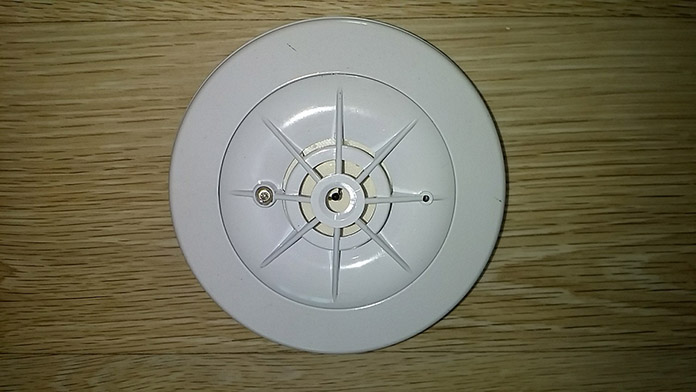
LAKEWOOD – The Township Fire Department has been responding to an increased number of Carbon Monoxide alarms during the massive power outages caused by Tropical Storm Isaias.
The Lakewood Board of Fire Commissioners in conjunction with Fire Chief Mike D’Elia Jr., Fire Prevention Coordinator Jacob Woolf, and the members of the Lakewood Fire Department want to make the community aware of the following dangers associated with Carbon Monoxide:
Carbon Monoxide (CO) is a colorless, odorless gas that can cause severe illness or death. Carbon Monoxide is found in all fires, as well as fumes produced by charcoal or gas. It is produced by cars and trucks, small gasoline engines, stoves, lanterns, burning charcoal and wood, and gas ranges and heating systems.
CO poisoning can happen any time of year, however, CO poisoning incidents tend to increase during storm-related power outages from either burning charcoal briquettes inside their homes or from improper use of gasoline-powered generators.
Preventative measures concerning carbon monoxide poisoning include:
1. Do not burn charcoal or use gasoline generators indoors, including the garage. Generators, camp stoves, or charcoal grills should always be used outdoors and at least 20 feet away from windows and doors.
2. Never idle a car in a garage, even when the garage door is open.
3. If you use gas or oil appliances, make certain carbon monoxide alarms are installed on every level of your home and outside every sleeping area.
Should the CO detector sound, turn off any heating appliance and open windows to get fresh air. Call 911 if you experience CO poisoning symptoms such as dizziness, vomiting, or headaches and move to fresh air immediately. If you suspect an appliance is the source, call a qualified technician to fix the problem before restarting the appliance.
Smoke detectors provide early warning of a fire, allowing extra time to escape, and as a result, substantially reducing the risk of injury and/or death in residential fire. Smoke detectors should be located outside each separate sleeping area and on every floor of one’s home including the basement.
Carbon monoxide detectors should be located outside each separate sleeping area. A few minutes should be spent each and every month to test smoke and carbon monoxide detectors to make sure they are working properly.






